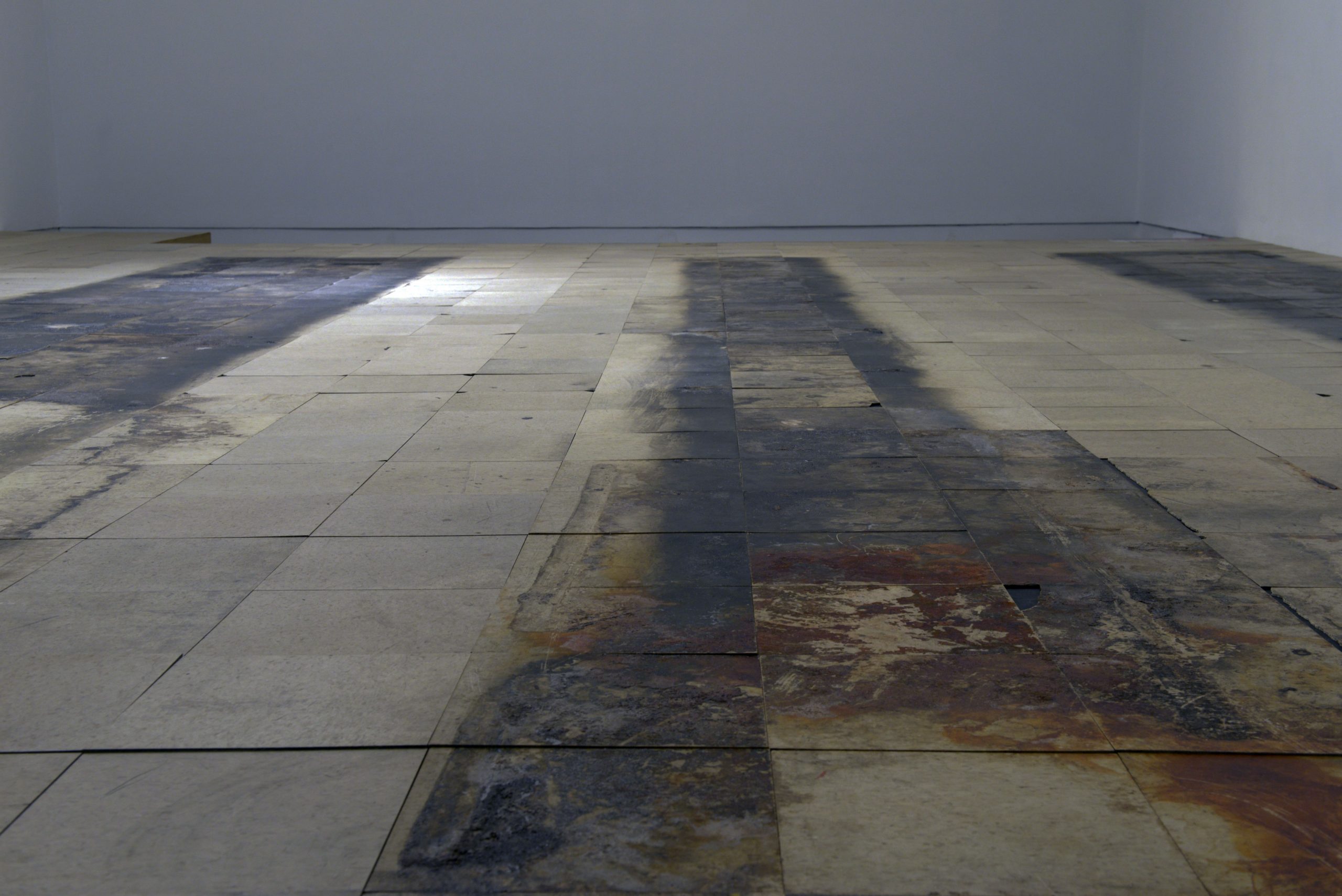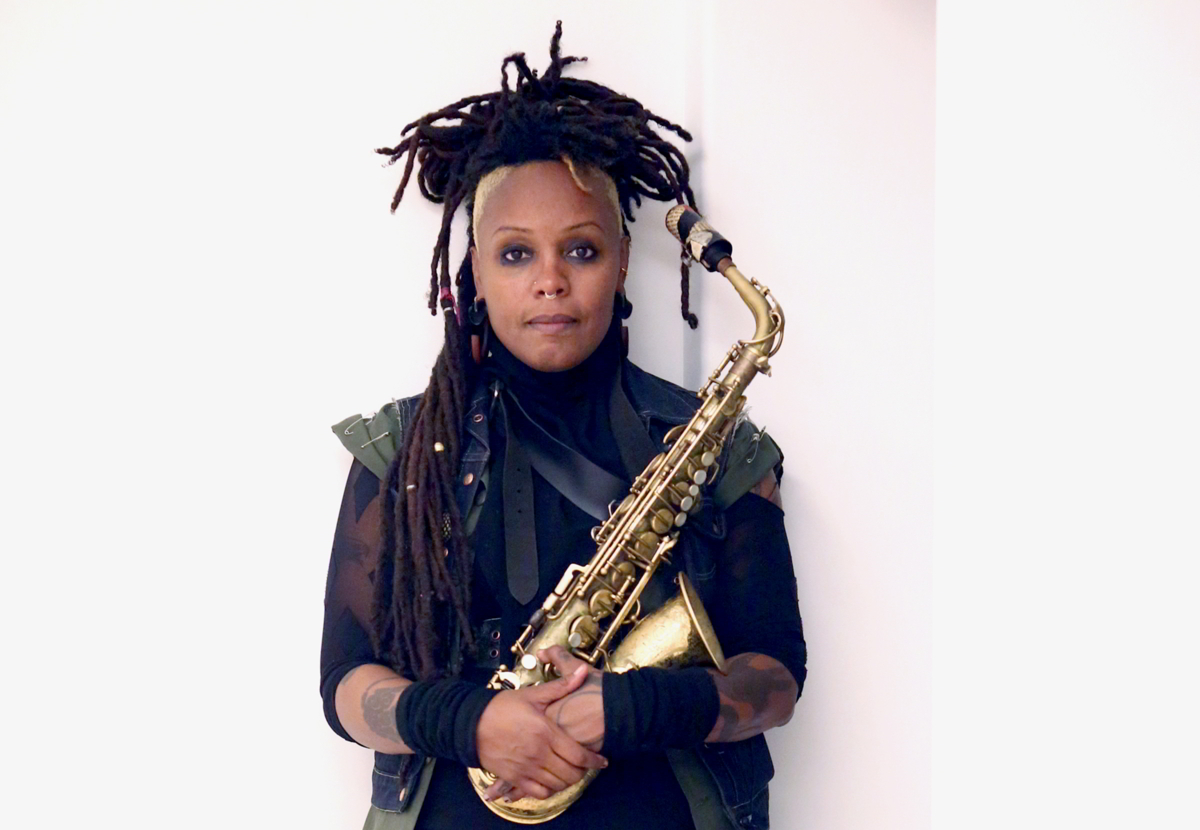Palestinian Territories / USA, Visual Arts, 2021
Shadi
Habib Allah

The first time I saw Shadi Habib Allah’s work presented to the public was in the fall of 2009 at the Columbia University Open Studios. He had installed a complex piece in one of bathrooms in the hallway of the studio building. Shadi had welded one of the institution’s metal fold-out chairs so that it could carry running water in through one leg, along the backrest, and back out of the leg on the other side. He then rerouted one of the exposed bathroom pipes into the altered chair leg and reconnected the other side of the chair to the building’s outgoing pipe. It was a visual metaphor.
Neither ethnographer nor alien, Shadi Habib Allah has a cognizance and compassion for his subjects that allows him to embed himself in the motifs of his time-based works. He preserves the mystery and nuance of his subjects through durational proximity. Also, his willingness to break the rules of documentary practice—weaving scripts, set production, and effects into candid situations with non-actors in their real-life settings—further differentiates Habib Allah from the ethnographic observer.
For a year and a half, Shadi Habib Allah traveled and camped out with Bedouins who carried rocket launchers and assault rifles in the back of their Toyota pickup truck with a broken windshield. This expedition resulted in the video Daga’a (2015). There is a painterly dimension to the video work. Massive desert shots speak about color and light, and often allow the protagonists to dissolve like chameleons into the surroundings. Some of the atmospheric scenes of figures in the landscape show vast, brutal, and sublime panoramas that call to mind Caspar David Friedrich canvases. Conjunctively, the method of editing also allows aesthetic conceits to overpower the linear narrative.
While filming on location in Miami, Shadi Habib Allah discovered that the local bodega he frequented was offering its customers a secondary function for their food stamps as makeshift ATM cards. The store clerks carefully calculated sums so that cash withdrawals appeared to be legitimate food purchases. With new big-box stores in the area threatening the survival of neighborhood bodegas, the store owner and the customers had devised a tactic that better suited them both, using the benefits for more diverse needs. Shadi paired this research with a sound piece made from a 1980s episode of The Oprah Winfrey Show, which addressed how welfare recipients should look in the public eye in order to qualify for benefits. The resultant exhibitions at the Renaissance Society, Chicago and the Hammer Museum, Los Angeles pointed to ways that legitimacy can be performed by the subject of a repressive substructure.
Text: Walter Smith


